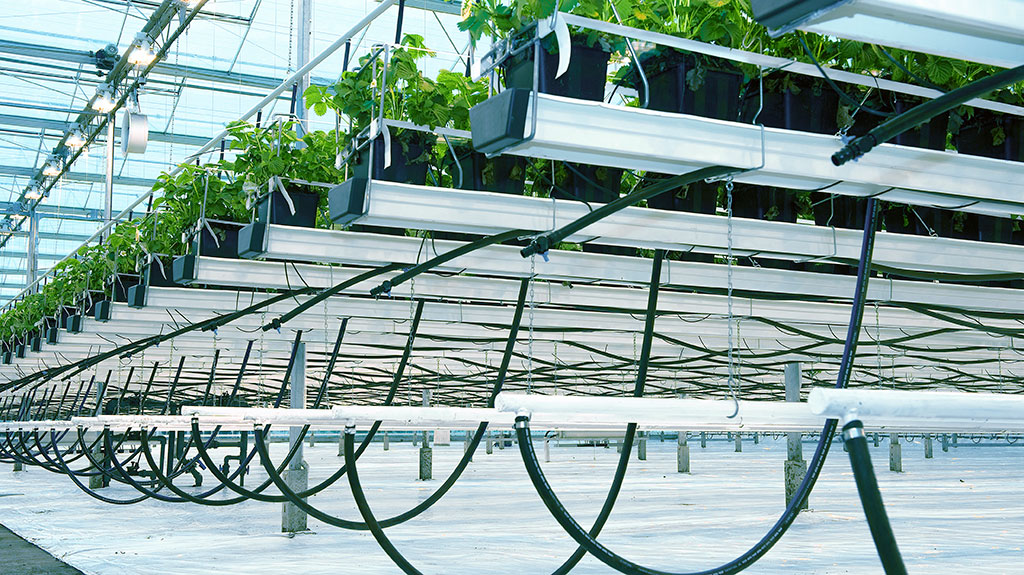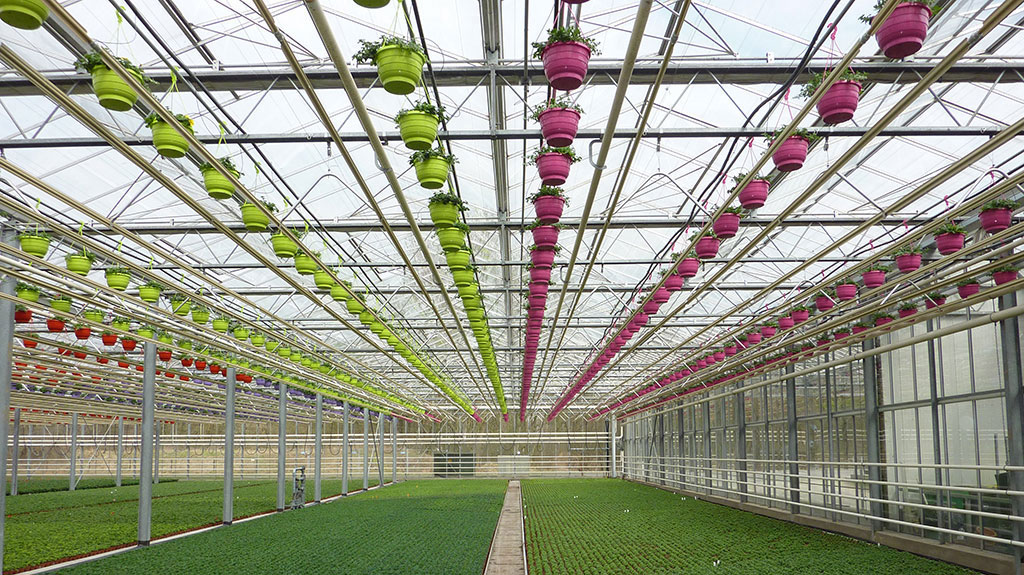Keeping greenhouses green
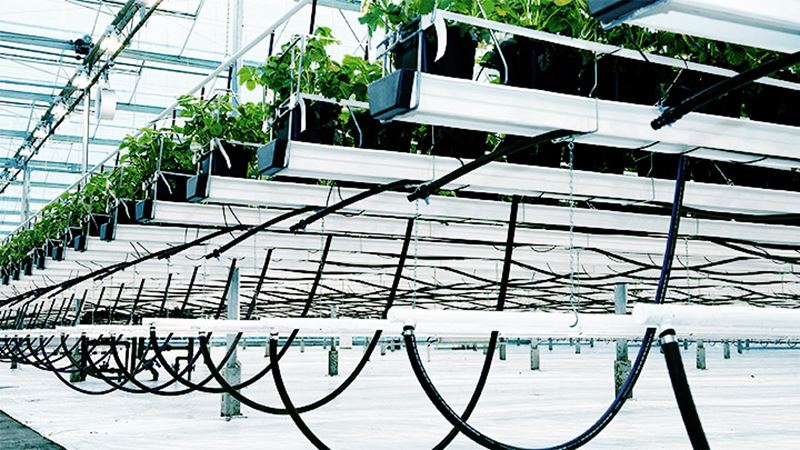
This last condition is the greenhouse environment typically used by Dutch growers, deploying new technologies and methods in robotics, water and waste recycling, T-lighting and energy efficiency.
The main Dutch system of greenhouse heating uses an overhead suspended hot water steel pipe network interconnected with flexible hoses that can be raised or lowered to make room for equipment and machinery used inside the greenhouses and to deliver heat to the optimum position of growth for a plant.
But such flexible hoses should not release toxic gases that could kill the crop or reduce the yield. So not any water hose on the market can do. Each Year the Kledam hose undergoes and passes rigorous testing by the Wageningen University Research Centre, the most authoritative agrifood and nutrition research facility in Europe. It’s a testimony to Trelleborg’s commitment to solutions of the highest quality.
And that is not all, there are other critical criteria for the hoses used to connect the steel heating loops.It needs to be strong to cope with the variations in height of the heating loops, and it must seal cleanly and tightly over the connectors.
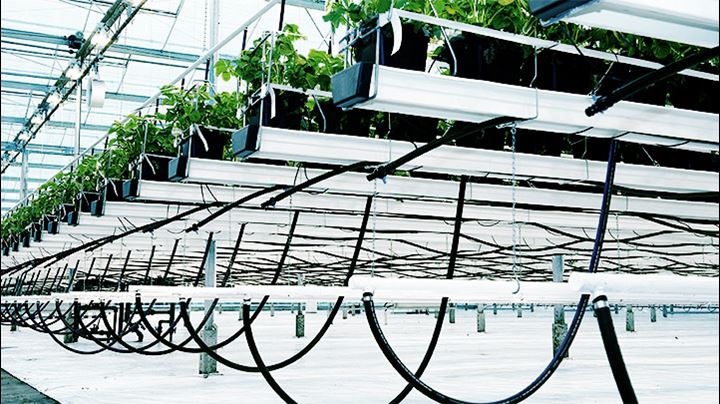
As Olivier Libes, Marketing and Communication Manager for fluid handling solutions at Trelleborg explains: “In response to serious problems with the hoses being used in many greenhouses, we developed a dedicated hose, Kledam, which has become the de facto standard. We worked in collaboration with Dutch greenhouse builders and installers, with substantial input from heating technicians and agricultural engineers, to produce a hose that has exceptional resistance to wearing, aging and weathering. It’s flexible and remarkably reliable, with zero emissions of toxic gases.
The Kledam hose system fulfills all requirements and has become the benchmark for products in this field.
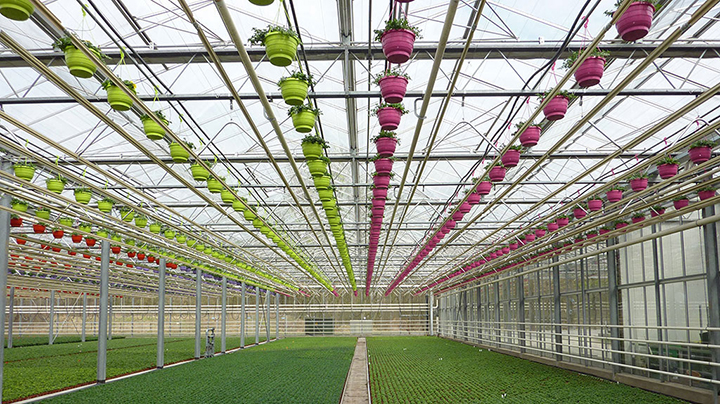
Keeping greenhouses green
The main Dutch system of greenhouse heating uses an overhead suspended hot water steel pipe network interconnected with flexible hoses that can be raised or lowered to make room for equipment and machinery used inside the greenhouses and to deliver heat to the optimum position of growth for a plant.
But such flexible hoses should not release toxic gases that could kill the crop or reduce the yield. So not any water hose on the market can do. Each Year the Kledam hose undergoes and passes rigorous testing by the Wageningen University Research Centre, the most authoritative agrifood and nutrition research facility in Europe. It’s a testimony to Trelleborg’s commitment to solutions of the highest quality.
And that is not all, there are other critical criteria for the hoses used to connect the steel heating loops.It needs to be strong to cope with the variations in height of the heating loops, and it must seal cleanly and tightly over the connectors.
As Olivier Libes, Marketing and Communication Manager for fluid handling solutions at Trelleborg explains: “In response to serious problems with the hoses being used in many greenhouses, we developed a dedicated hose, Kledam, which has become the de facto standard. We worked in collaboration with Dutch greenhouse builders and installers, with substantial input from heating technicians and agricultural engineers, to produce a hose that has exceptional resistance to wearing, aging and weathering. It’s flexible and remarkably reliable, with zero emissions of toxic gases.
The Kledam hose system fulfills all requirements and has become the benchmark for products in this field.
